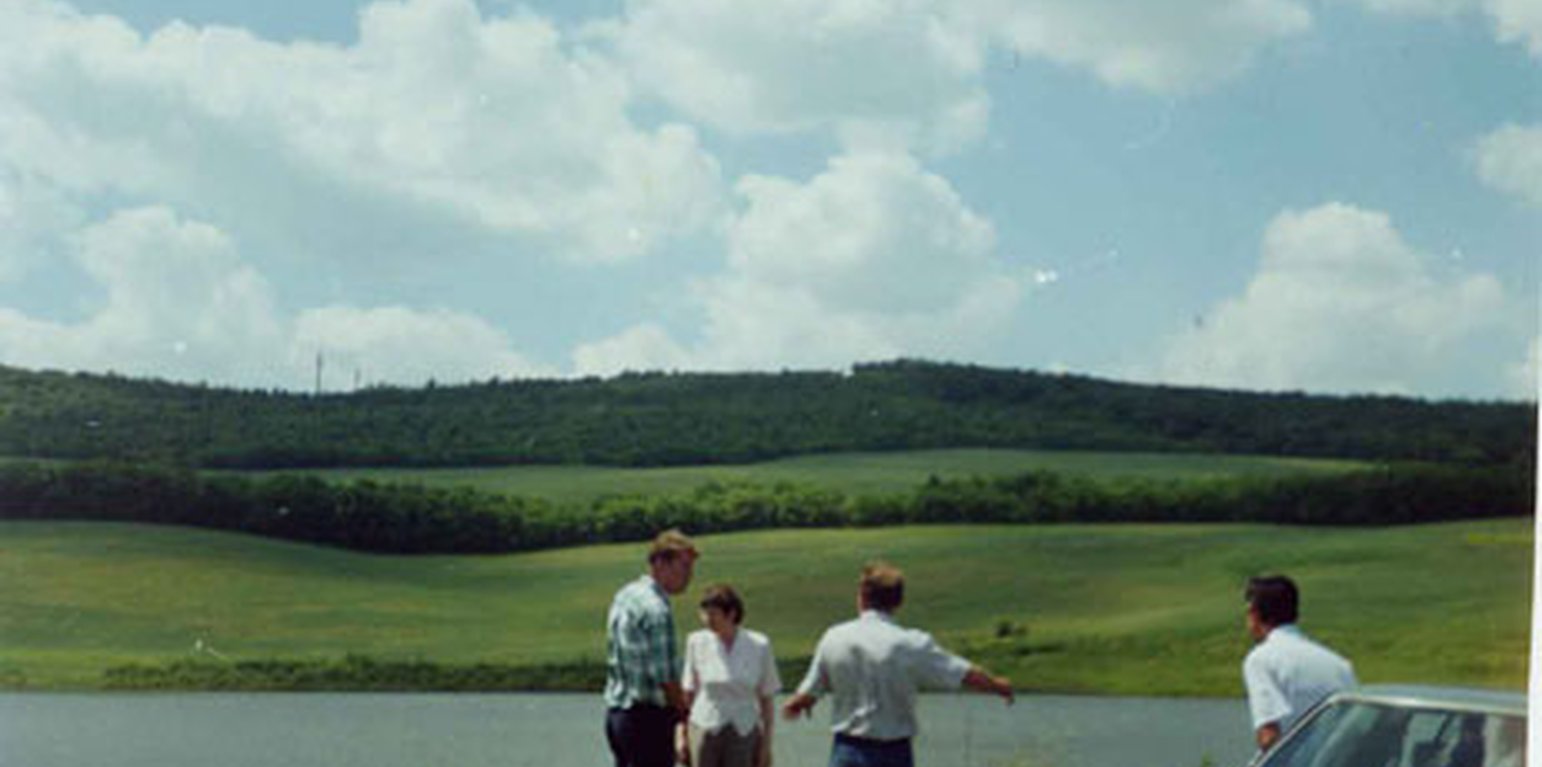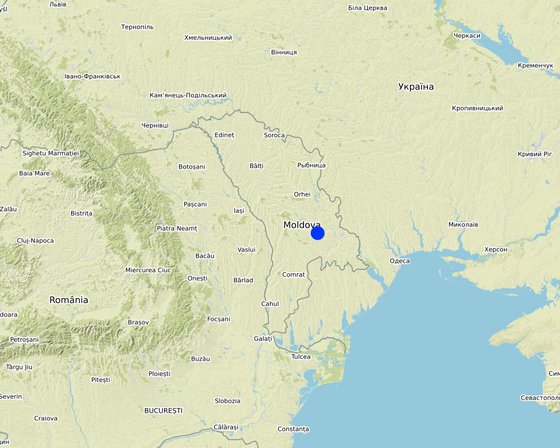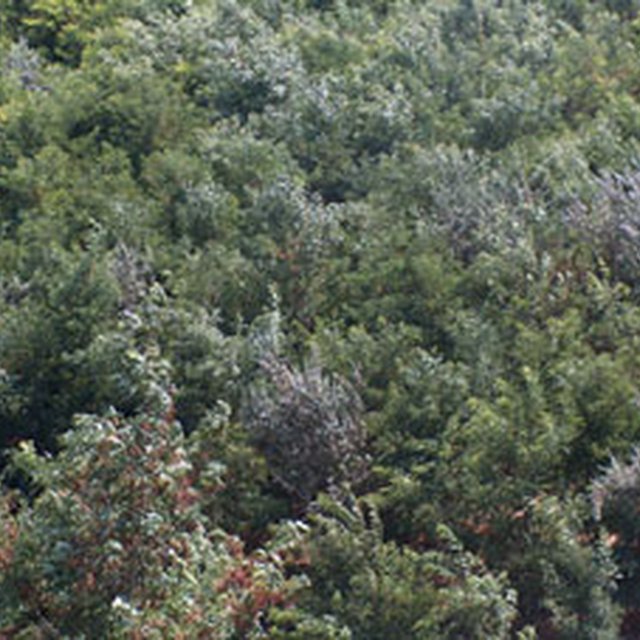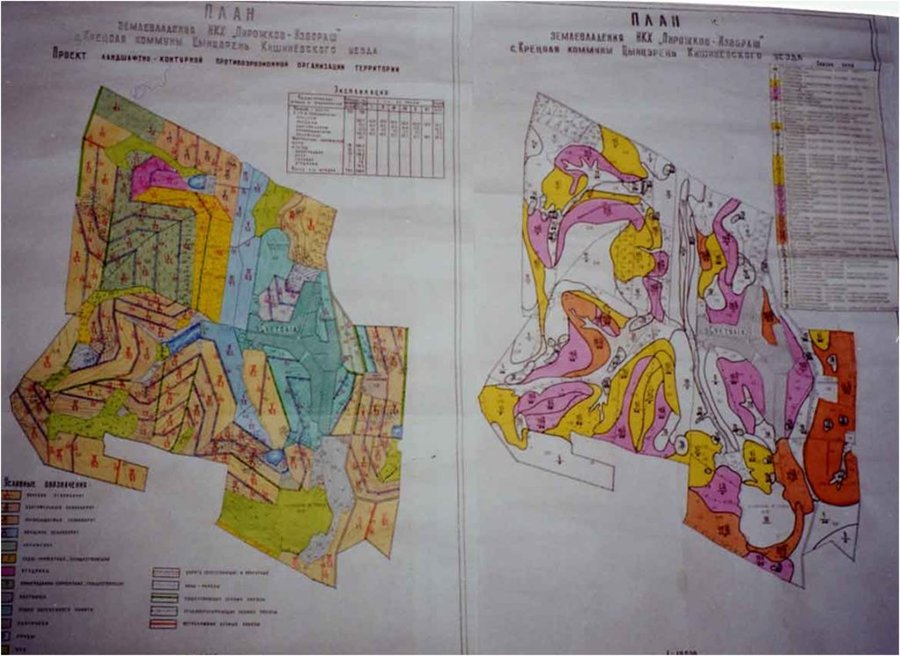



The distinctive feature of this approach to rehabilitating degraded land on slopes was the involvement of the local population from the beginning. They took part in soil, water and biodiversity research, as well as the development and implementation of the land management plan, based on suitable SLM practices. In order to benefit from local knowledge, participatory training included traditional experience in soil conservation, and based on this, appropriate SLM technologies were included in the plan of action.
The following stakeholders were involved in the overall process:
• Researchers: overseeing soil, water and biodiversity research and presenting results.
• Experts: proposing alternatives in the organization of the land and in the development of integrated management system for the landscape based on research results.
• Local public administration, Joint Stock Company and farmers: contributing with knowledge and experience in analysing land, water and biodiversity resources, preparation and implementation of the action plan.
• NGO BIOS: coordinating all activities, including research, implementation, training and monitoring of activities.
The land management plan was developed together with the local population, then it was implemented. Degraded areas (landslides and heavily eroded soils) were excluded from agricultural production and used for afforestation and grassland. The following soil and water conservation practices are applied:
Vineyards and orchards:
• Conservation tillage
• Forest belts
• Grass inter-rows in vineyards and orchards
Arable land:
• Crop rotation
• Application of mineral and organic fertilizers
• Strip cropping
• Conservation tillage,
• Forest belts.

Lieu: Central Region of the Republic of Moldova, Moldavie
Nbr de sites de la Technologie analysés: site unique
Diffusion de la Technologie: répartie uniformément sur une zone (approx. 100-1 000 km2)
Date de mise en oeuvre: 1998; il y a entre 10-50 ans
Type d'introduction









